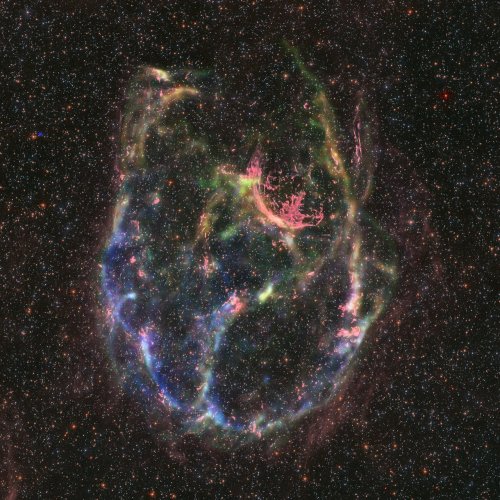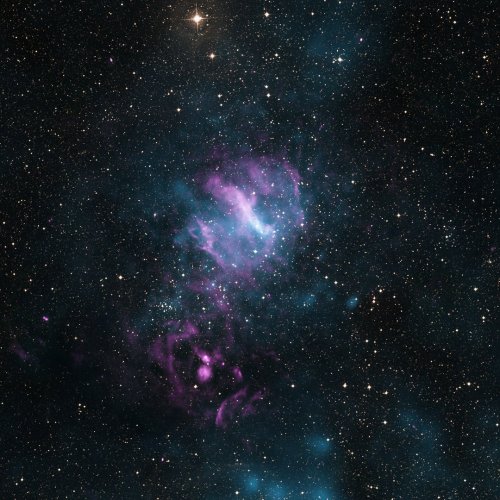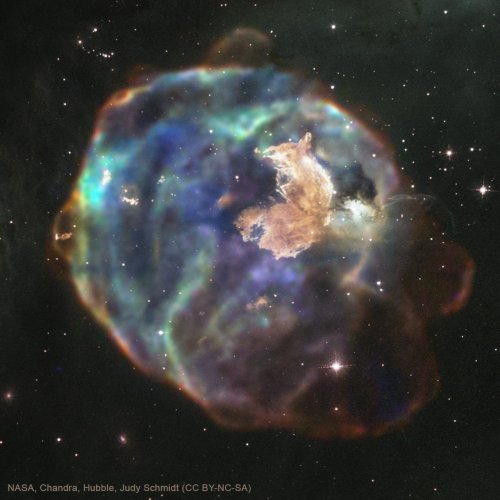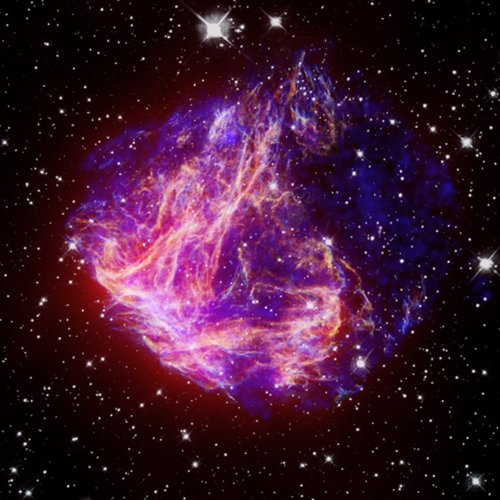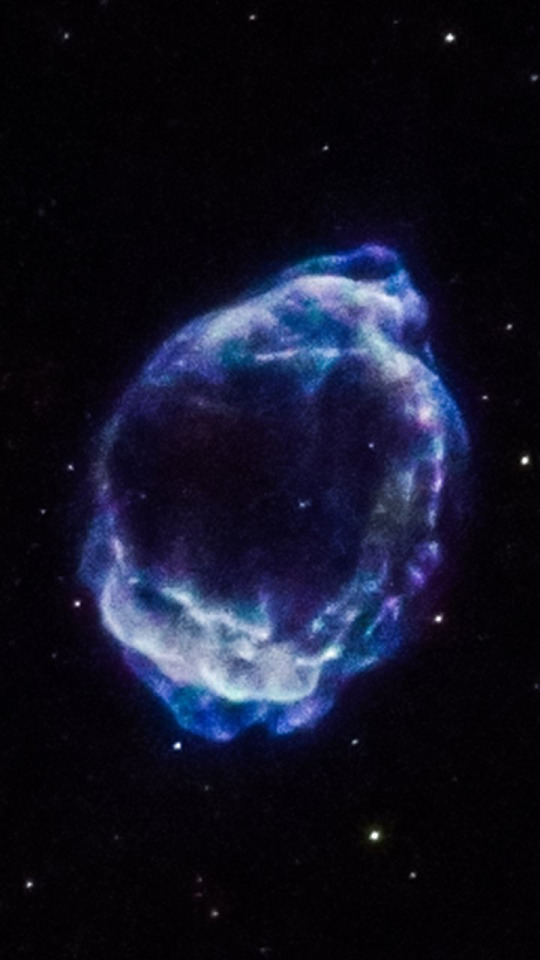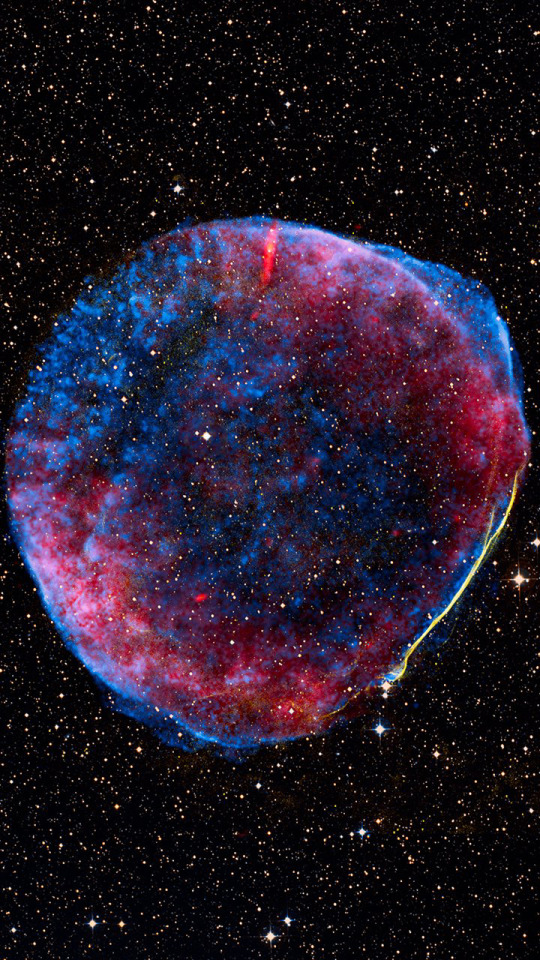
donutdomain
I just reblog fun facts/tipsScience, nature, geology facts etc! + art & writing tips!
67 posts
Latest Posts by donutdomain
HOW DO YOU SHADE THE GOLD PARTSS???? PSLSPSLPSLPSLS

You don't have to take my word as gospel but these are the things I found that work well: ♡
(Please excuse grammatical errors I wrote this with a headache-...)
In my personal experience and process with gold, I find that these few things help me a lot when tackling it:
-whenever you approach gold it's important to asses the medium in which the material presents itself. The two options are the metal itself and any type of golden fabric.
-the shading process for me begins right from the sketch, when mapping out the gold accessory, object or the accent on a piece of clothing I try to get the shape of it to make sense.


It's most important, with golden fabric, to know and imagine how it falls arround and wraps arround a silhouette or body parts, if you want to figure out shading.
-So, when we speak "golden clothing" it revolves arround very sharp shadows, lights and reflections mainly becouse of fabric wrinkles. Golden clothing is pretty easy once you understand the nature of your material-☆
And the rules apply to any other colour!


Original Yellow hue
♡Same rules apply♡
So if you want you can structure your lights and shadows in black, white and grey! It works well to start off if you're not confident with colours as gold can be tricky in that regard...
GREYSCALE- can help you better understand the intensity of lights and shadows in contrast with one another:

You can then focus on colour later after you set up your values.

You'll notice with gold pieces that are much less clothing and much more metal the shadows alter from soft to sharp depending on the physical structure of the object itself.
If you encounter smooth curves it's soft, when it's sudden cuts or edges it's sharp.
Important to keep in mind:
-Gold is a metal = metals are REFLECTIVE.

Metals will reflect light aswell as colours.
They will especially reflect ☆colorful lights.☆
You must always, always, know where the light source is, and how it hits the object/ material.
That's it for now but if you want a more detailed step by step process just ask ^^☆
-Nix🌙

The Cats Eye Nebula in Optical and X-ray : To some it looks like a cat’s eye. To others, perhaps like a giant cosmic conch shell. It is actually one of brightest and most highly detailed planetary nebula known, composed of gas expelled in the brief yet glorious phase near the end of life of a Sun-like star. This nebula’s dying central star may have produced the outer circular concentric shells by shrugging off outer layers in a series of regular convulsions. The formation of the beautiful, complex-yet-symmetric inner structures, however, is not well understood. The featured image is a composite of a digitally sharpened Hubble Space Telescope image with X-ray light captured by the orbiting Chandra Observatory. The exquisite floating space statue spans over half a light-year across. Of course, gazing into this Cat’s Eye, humanity may well be seeing the fate of our sun, destined to enter its own planetary nebula phase of evolution … in about 5 billion years. via NASA
Ice age children frolicked in 'giant sloth puddles' 11,000 years ago, footprints reveal

More than 11,000 years ago, young children trekking with their families through what is now White Sands National Park in New Mexico discovered the stuff of childhood dreams: muddy puddles made from the footprints of a giant ground sloth.
Few things are more enticing to a youngster than a muddy puddle. The children — likely four in all — raced and splashed through the soppy sloth trackway, leaving their own footprints stamped in the playa — a dried up lake bed. Those footprints were preserved over millennia, leaving evidence of this prehistoric caper, new research finds.

The finding shows that children living in North America during the Pleistocene epoch (2.6 million to 11,700 years ago) liked a good splash. “All kids like to play with muddy puddles, which is essentially what it is,” Matthew Bennett, a professor of environmental and geographical sciences at Bournemouth University in the U.K. who is studying the trackway, told Live Science. Read more.

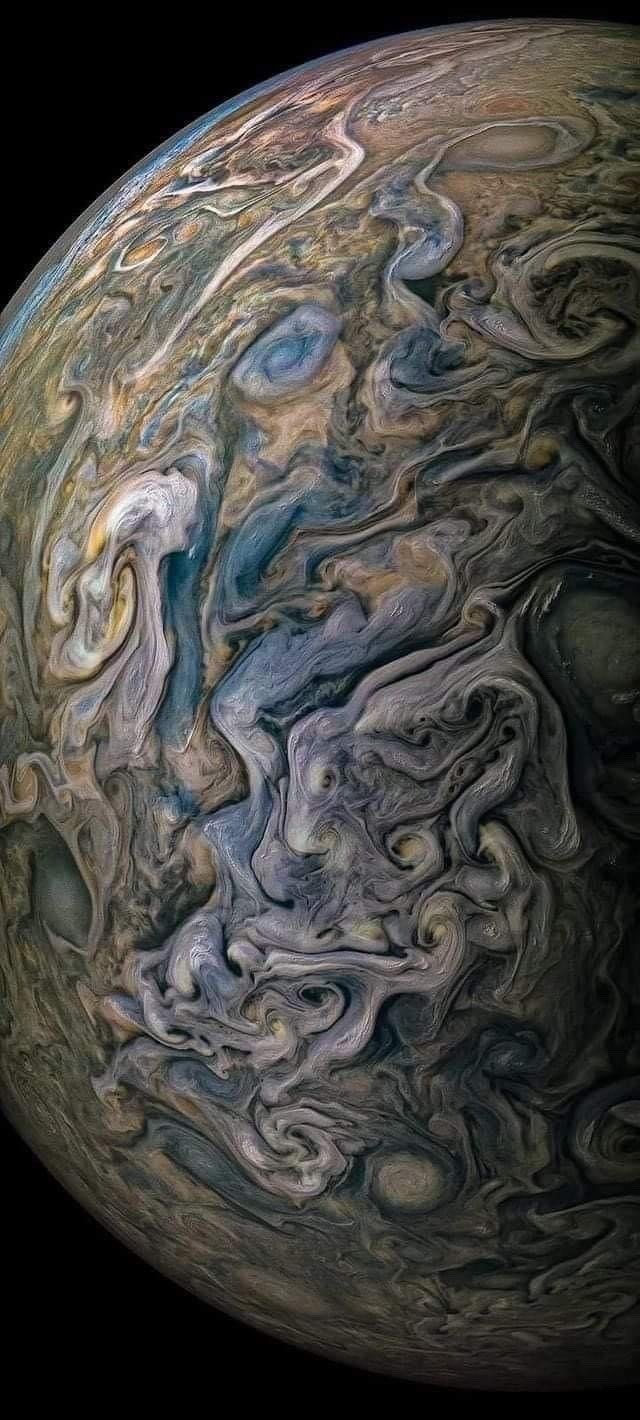



The Clearest Images of Jupiter ever taken
These beautifully real images are some of the closest images of Jupiter. Jupiter is the fifth planet from the Sun and the largest in the Solar System. It is a gas giant with a mass more than two and a half times that of all the other planets in the Solar System combined, but slightly less than one-thousandth the mass of the Sun. The original image was captured by JunoCam, the camera on NASA's Juno mission in orbit around Jupiter. This image was taken on Juno's 22nd close pass by Jupiter on Sept. 12, 2019 with image processing done by Prateek.
📸: NASA's Juno Space Probe / JunoCam
seeing the photos from Webb up against photos from Hubble just makes me… I don’t even know like, wow! Look at that!








You Are Made of Stardust
Though the billions of people on Earth may come from different areas, we share a common heritage: we are all made of stardust! From the carbon in our DNA to the calcium in our bones, nearly all of the elements in our bodies were forged in the fiery hearts and death throes of stars.
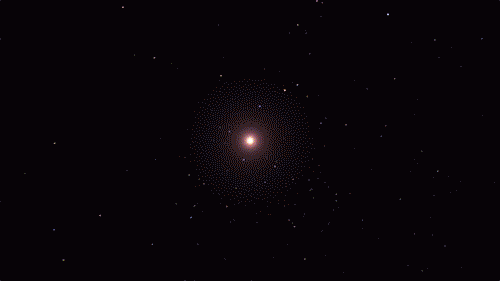
The building blocks for humans, and even our planet, wouldn’t exist if it weren’t for stars. If we could rewind the universe back almost to the very beginning, we would just see a sea of hydrogen, helium, and a tiny bit of lithium.
The first generation of stars formed from this material. There’s so much heat and pressure in a star’s core that they can fuse atoms together, forming new elements. Our DNA is made up of carbon, hydrogen, oxygen, nitrogen, and phosphorus. All those elements (except hydrogen, which has existed since shortly after the big bang) are made by stars and released into the cosmos when the stars die.

Each star comes with a limited fuel supply. When a medium-mass star runs out of fuel, it will swell up and shrug off its outer layers. Only a small, hot core called a white dwarf is left behind. The star’s cast-off debris includes elements like carbon and nitrogen. It expands out into the cosmos, possibly destined to be recycled into later generations of stars and planets. New life may be born from the ashes of stars.
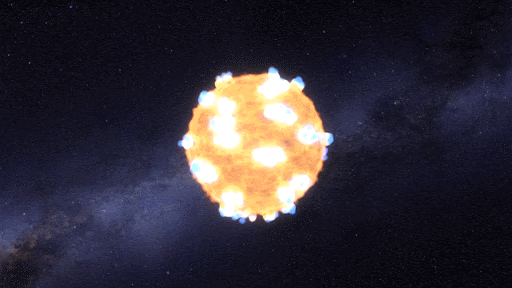
Massive stars are doomed to a more violent fate. For most of their lives, stars are balanced between the outward pressure created by nuclear fusion and the inward pull of gravity. When a massive star runs out of fuel and its nuclear processes die down, it completely throws the star out of balance. The result? An explosion!
Supernova explosions create such intense conditions that even more elements can form. The oxygen we breathe and essential minerals like magnesium and potassium are flung into space by these supernovas.
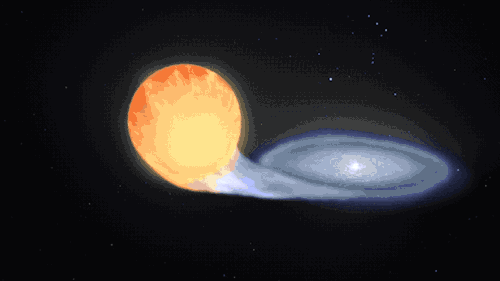
Supernovas can also occur another way in binary, or double-star, systems. When a white dwarf steals material from its companion, it can throw everything off balance too and lead to another kind of cataclysmic supernova. Our Nancy Grace Roman Space Telescope will study these stellar explosions to figure out what’s speeding up the universe’s expansion.
This kind of explosion creates calcium – the mineral we need most in our bodies – and trace minerals that we only need a little of, like zinc and manganese. It also produces iron, which is found in our blood and also makes up the bulk of our planet’s mass!

A supernova will either leave behind a black hole or a neutron star – the superdense core of an exploded star. When two neutron stars collide, it showers the cosmos in elements like silver, gold, iodine, uranium, and plutonium.

Some elements only come from stars indirectly. Cosmic rays are nuclei (the central parts of atoms) that have been boosted to high speed by the most energetic events in the universe. When they collide with atoms, the impact can break them apart, forming simpler elements. That’s how we get boron and beryllium – from breaking star-made atoms into smaller ones.
Half a dozen other elements are created by radioactive decay. Some elements are radioactive, which means their nuclei are unstable. They naturally break down to form simpler elements by emitting radiation and particles. That’s how we get elements like radium. The rest are made by humans in labs by slamming atoms of lighter elements together at super high speeds to form heavier ones. We can fuse together elements made by stars to create exotic, short-lived elements like seaborgium and einsteinium.
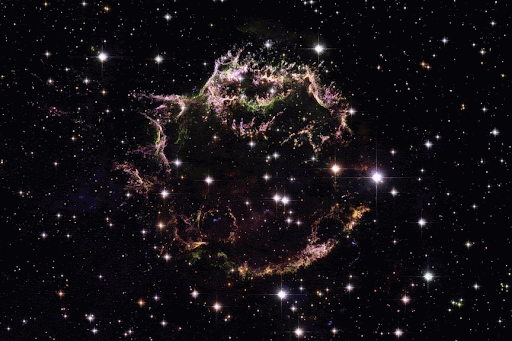
From some of the most cataclysmic events in the cosmos comes all of the beauty we see here on Earth. Life, and even our planet, wouldn’t have formed without them! But we still have lots of questions about these stellar factories.
In 2006, our Stardust spacecraft returned to Earth containing tiny particles of interstellar dust that originated in distant stars, light-years away – the first star dust to ever be collected from space and returned for study. You can help us identify and study the composition of these tiny, elusive particles through our Stardust@Home Citizen Science project.
Our upcoming Roman Space Telescope will help us learn more about how elements were created and distributed throughout galaxies, all while exploring many other cosmic questions. Learn more about the exciting science this mission will investigate on Twitter and Facebook.
Make sure to follow us on Tumblr for your regular dose of space!
Writing Tips
Descriptions in Between Dialogue
✧
⤠ how characters interact with the environment
⇝ moving something, picking something up, looking somewhere
⤠ how the environment interacts with the characters
⇝ weather, other character’s actions or movements
⤠ gestures
⇝ facial expressions, body language
⤠ shifts in position
⇝ standing, sitting, leaning, shifting weight, crossing arms/legs
⤠ physical reactions
⇝ body temperature, fidgeting, heart rate, character quirks
⤠ environmental descriptions
⇝ descriptions using the five senses, setting, character’s appearances
⤠ internal dialogue
⇝ emotional reaction to what was said, reflection of past experiences, connections to other characters/settings/actions
➵ I want to reiterate… descriptions using the five senses ; when in doubt, think of the five senses your character is experiencing and pick what best moves the story forward
![[ Download Link ]](https://64.media.tumblr.com/5f429d178bb1fe4870a8c6931415c38e/1c195b3b919b6bc0-22/s500x750/9f3e89788ae15eab900a39fc63f99bd7a543868d.jpg)
![[ Download Link ]](https://64.media.tumblr.com/6dd33d9a47c84fae4004c3891a069032/1c195b3b919b6bc0-70/s500x750/7a350518ca98cd34cd6e5fa9cd463fb933dbcf11.jpg)
![[ Download Link ]](https://64.media.tumblr.com/c6bcee52d8e78ba0e31e786b91f81fc1/1c195b3b919b6bc0-03/s500x750/735d52cfd62421cf43e46a8a710f76dad2c52707.jpg)
![[ Download Link ]](https://64.media.tumblr.com/87c3f0ff1da8e8a917485898808bd63b/1c195b3b919b6bc0-64/s500x750/62e90c66492ac189a3325bbd25965dd635cc65b7.jpg)
![[ Download Link ]](https://64.media.tumblr.com/133564050990bca016611a68fa71a2de/1c195b3b919b6bc0-c1/s500x750/87ea85696f416c49b91f8f64754306f4208b6726.jpg)
![[ Download Link ]](https://64.media.tumblr.com/9a2582c5d3abc3f5cf6ce4587482f493/1c195b3b919b6bc0-c5/s500x750/19c8f03ee111f028acd365ae95b24a04a72e60d9.png)
[ Download Link ]
As promised, it’s finally here! Thank you to all of my patrons for not only the support that made this possible, but for giving me the confidence to work on a big project like this.
Rather than providing any drawing instruction, what this writeup aims to do is help you learn to unpack the decisions being made in a given composition, and articulate what elements in a piece are responsible for its impact. Being able to isolate these qualities in your own art and art that inspires you opens up avenues for improvement regardless of medium, style, or technical skill. This is the first of hopefully many PWYW art ‘tutorials’ from me.
I hope you all enjoy!
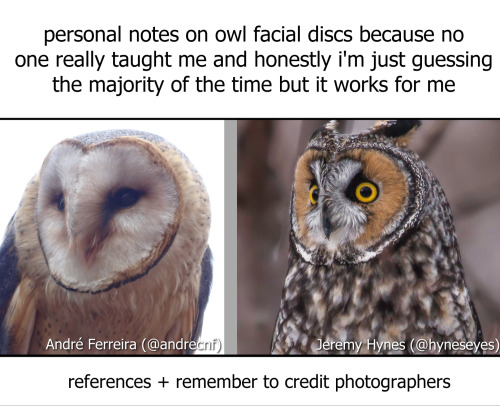
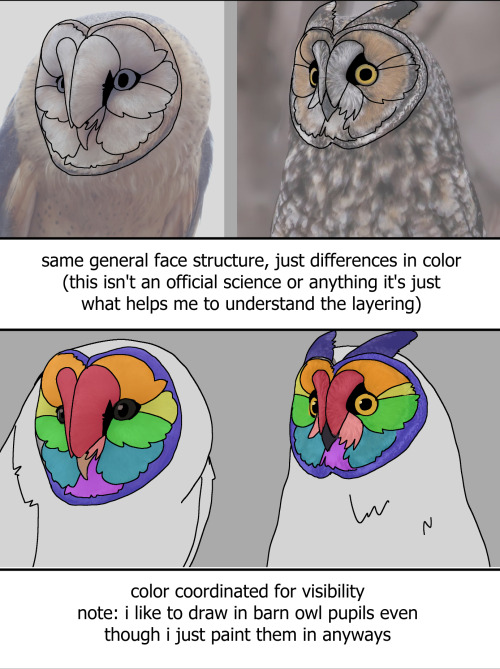

some vaguely coherent notes on owl facial discs because they were the hardest part of the bird for me to figure out and if this helps at least one person then I consider that an epic win
Photos: Barn Owl, Long-eared Owl





I wasn’t happy with the painting explanation I threw together the other day and I keep thinking of steps/important notes I should have included, so I made this more detailed version today! This is more or less how I paint, and the main things I keep in mind when I paint. Originally I was just going to “add a few more details” to the original tutorial, but I kept thinking of stuff and went a little bit nuts trying to phrase everything in a way that makes sense.
there are many incredible tutorials about digital (and traditional) painting, color theory, light and shadow, etc out there– I want to urge anyone interested in learning more about this stuff to go seek out professional advice! Painting is really, really complicated, and I’m absolutely still learning how it works and how to do it good. This is just m’thoughts and some images to go with them.
i learned about Tim Wong who successfully and singlehandedly repopulated the rare California Pipevine Swallowtail butterfly in San Francisco. In the past few years, he’s cultivated more than 200 pipevine plants (their only food source) and gives thousands of caterpillars to his local Botanical Garden (x)

Daily Butterfly facts
Butterflies can’t fly if they’re cold
I knew that the eruption/explosion of Krakatoa was the loudest sound in recorded history, but I couldn’t quite grasp how loud until I got a couple details of perspective. This was in 1883.
The shock wave ruptured the eardrums of sailors 40 miles away.
The explosion was heard more than 3,000 miles away, and recorded all over the world.
It made tsunamis nearly 100 feet high.
Now picture this happening in modern times, with modern communications. Not only would there be uncountable videos and whatnot, but the timing is what really gets me. Imagine you’re going about your day, scrolling social media, and posts start pouring in about an apocalyptic volcano on the other side of the continent. The news are full of it. You spend ages glued to the screen; this isn’t remotely close to you, but it’s a big deal, and you know people who live closer to it.
Three hours later, something explodes outside. Propane tank? Car fire? Some jackass with illegal firecrackers?
Nope. That was the sound wave, finally reaching you.

i learned that the Sun is 99.86% of all mass in our solar system. Every other planet, asteroid, and comet only adds up to 7/50th of a single percent (x)
Tracking the Sun’s Cycles
Scientists just announced that our Sun is in a new cycle.
Solar activity has been relatively low over the past few years, and now that scientists have confirmed solar minimum was in December 2019, a new solar cycle is underway — meaning that we expect to see solar activity start to ramp up over the next several years.

The Sun goes through natural cycles, in which the star swings from relatively calm to stormy. At its most active — called solar maximum — the Sun is freckled with sunspots, and its magnetic poles reverse. At solar maximum, the Sun’s magnetic field, which drives solar activity, is taut and tangled. During solar minimum, sunspots are few and far between, and the Sun’s magnetic field is ordered and relaxed.

Understanding the Sun’s behavior is an important part of life in our solar system. The Sun’s violent outbursts can disturb the satellites and communications signals traveling around Earth, or one day, Artemis astronauts exploring distant worlds. Scientists study the solar cycle so we can better predict solar activity.

Measuring the solar cycle
Surveying sunspots is the most basic of ways we study how solar activity rises and falls over time, and it’s the basis of many efforts to track the solar cycle. Around the world, observers conduct daily sunspot censuses. They draw the Sun at the same time each day, using the same tools for consistency. Together, their observations make up the international sunspot number, a complex task run by the World Data Center for the Sunspot Index and Long-term Solar Observations, at the Royal Observatory of Belgium in Brussels, which tracks sunspots and pinpoints the highs and lows of the solar cycle. Some 80 stations around the world contribute their data.

Credit: USET data/image, Royal Observatory of Belgium, Brussels
Other indicators besides sunspots can signal when the Sun is reaching its low. In previous cycles, scientists have noticed the strength of the Sun’s magnetic field near the poles at solar minimum hints at the intensity of the next maximum. When the poles are weak, the next peak is weak, and vice versa.
Another signal comes from outside the solar system. Cosmic rays are high-energy particle fragments, the rubble from exploded stars in distant galaxies that shoot into our solar system with astounding energy. During solar maximum, the Sun’s strong magnetic field envelops our solar system in a magnetic cocoon that is difficult for cosmic rays to infiltrate. In off-peak years, the number of cosmic rays in the solar system climbs as more and more make it past the quiet Sun. By tracking cosmic rays both in space and on the ground, scientists have yet another measure of the Sun’s cycle.

Since 1989, an international panel of experts—sponsored by NASA and NOAA—meets each decade to make their prediction for the next solar cycle. The prediction includes the sunspot number, a measure of how strong a cycle will be, and the cycle’s expected start and peak. This new solar cycle is forecast to be about the same strength as the solar cycle that just ended — both fairly weak. The new solar cycle is expected to peak in July 2025.
Learn more about the Sun’s cycle and how it affects our solar system at nasa.gov/sunearth.
Make sure to follow us on Tumblr for your regular dose of space: http://nasa.tumblr.com.

While it is true that photons have no mass, it is also true that we see light bend around sources with high mass due to gravity. This is not because the mass pulls on the photons directly, but instead because the mass warps the space-time through which the photons travel. Imagine a bowling ball on a mattress. The ball is a massive object — say, the Sun — and the mattress represents space-time, in which it sits. (Of course, space-time is four-dimensional, but it’s a bit harder to imagine that!) When you place the bowling ball on the mattress, it deforms the surface. If a grid were drawn on the mattress, you would see the grid deform, so the straight lines of the boxes were no longer straight. The same is true for a star sitting in space-time — the star deforms space-time around it, causing it to curve toward the star. Now imagine a marble; this represents a photon. If you roll the marble in a straight line on the mattress and it comes too close to the bowling ball, the marble will curve because the mattress it’s traveling on dips and curves around the bowling ball. This is what happens to light traveling through space: When it comes too close to a massive object, it encounters warped space-time and curves not because it’s being pulled by gravity, but because the space-time it’s traveling through is curved, so its “straight” path becomes a curved, bent one.
. . Keep Supporting and Following us . 👉👉👉👉 @unrevealedfiles 👉👉👉👉 @unrevealedfiles 👉👉👉👉 @unrevealedfiles 👉👉👉👉 @unrevealedfiles 👉👉👉👉 @unrevealedfiles . 𝒇𝒐𝒓 𝒎𝒐𝒓𝒆 𝒇𝒂𝒔𝒄𝒊𝒏𝒂𝒕𝒊𝒏𝒈 𝒔𝒄𝒊𝒆𝒏𝒄𝒆 𝒂𝒏𝒅 𝒕𝒆𝒄𝒉𝒏𝒐𝒍𝒐𝒈𝒚 .
i learned that the north star is 4000 times brighter than our sun. The light we see when we look at the north star was generated in the year 1587, and it has been traveling through space for 434 years to reach us (x)

The Earliest Galaxy

Astronomers think they have found a galaxy that existed just 300 million years after the big bang. The galaxy named HD1 is so old, it likely only exists of what are known as population iii stars, the very first stars that ever came into existence, made of mostly hydrogen, helium and a small amount of beryllium and lithium.

We have never seen any population iii stars, and according to the theories of the early universe, most of these stars would have been colossal blue giant stars that wouldn't have lived very long at all, a few million years at most before going supernova and collapsing into black holes.

One thing that really stands out about this galaxy is it's unusually powerful in ultra violet light, a common feature of massive blue giant stars, but the amount seen in this galaxy may indicate the presence of a supermassive black hole behaving as a quasar, if this is correct, it will be the earliest example of a blackhole too.

If supermassive black holes were present just 300 million years after the big bang, it may be evidence that black holes were being created much earlier than previously thought.
The next step is to turn the James Webb Telescope towards it, and while it is more focused on the Infra Red, it will be able to resolve much more detail than Hubble, and maybe begin to see if indeed, this was a Qasar just 300 million years into the Universe's existence, or if the galaxy was producing far more stars than even the most prolific starburst galaxy would do today.
Source : https://astronomy.com/news/2022/04/researchers-discover-the-most-distant-galaxy-yet



NGC 3314
At first glance you'd be forgiven for thinking this was two galaxies merging, but they are actually 23 million light years from one another, and just happen to be overlapping due to our perspective.
The closest galaxy is 117 million light years away with the other 140 in the constellation of Hydra.

“Welcome to Snackbeard’s Sandbar and Krill And Other DelicaSeas and Delights!”
When snacktime beckons in the deep sea, salmon snailfish wiggle wiggle those little chin-fins (which are actually modified pectoral fins) in the sand—but it’s all in good taste. Those whiskers are covered in tastebuds, and can help them sus out small crustaceans, like amphipods and crabs, hidden in the muck!

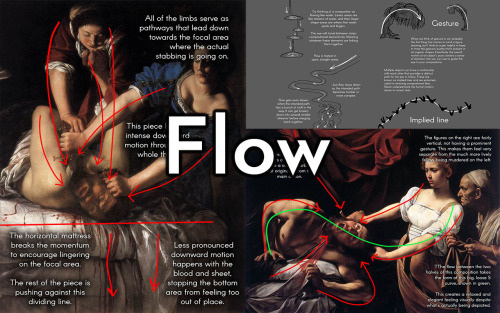
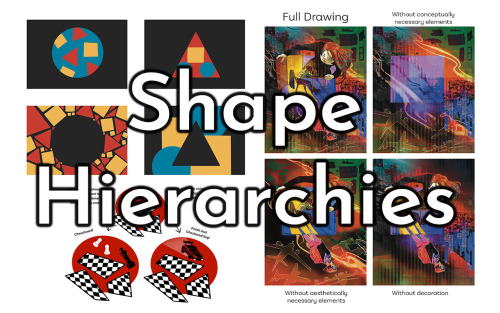
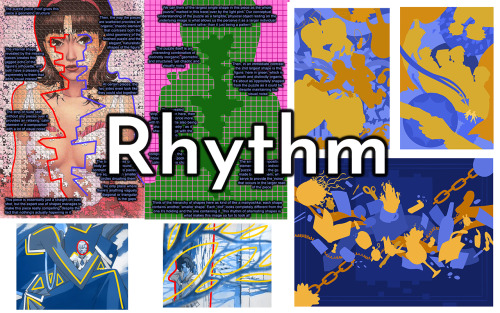
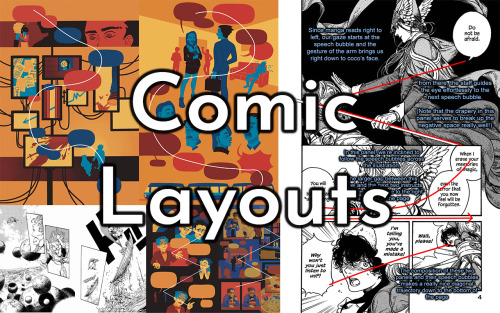
Hello everyone! after a couple of months of work on this beast of a thing, the first draft of my promised writeup on understanding composition is finally ready! This badboy is almost 15,000 words, and over 150 pages long. In these images, you can see a couple of examples of the kind of subject matter I’ll be covering, but it’s very comprehensive.
This is currently available on my Patreon starting at just $2!
I think what I offer is a pretty unique take on composition, and it’s geared to be understood without a lot of consideration for the more finnicky technical elements of drawing, so if that’s part of art you have trouble with you might find some answers in my approach. Using my own art and examples from various disciplines and eras, I break down how to understand why a composition does - or doesn’t - work, all building to a toolset that lets you have control over your own compositions with precision and intent.
A sincere thank you to anyone who takes the time to look at it, and at the end of the day, always remember one fundamental rule of art:


i made my first infographic on a topic ive been very interested in lately: wings! ive seen a lot of anatomical sins relating to wings lately (i am not exempt from this) particuarly involving pterosaurs so i put this together to help artists who may be struggling with drawing wings. enjoy. i am also open to criticism on anatomy or errors
Are you guys aware of chimney swifts??
They’re in the same order as hummingbirds and, in some positions, you can see the resemblance

But like… a hummingbird that’s cosplaying as a falcon.

Sleek. Efficient. Aerodynamic. Perfectly optimized.
Also they like to sleep in chimneys, hence the name, and when they perch they become very very flat
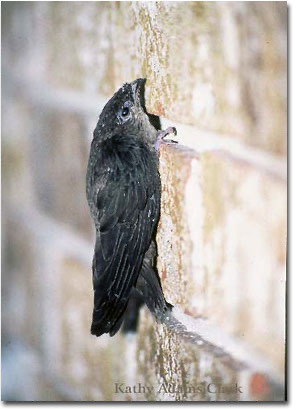

They also like to sleep in groups
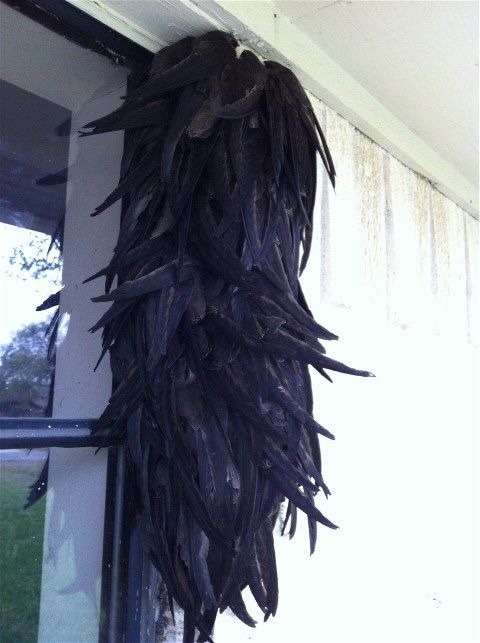
Anyway 10/10 weird little beast. Love these little flat fuck hummingbird falcons

